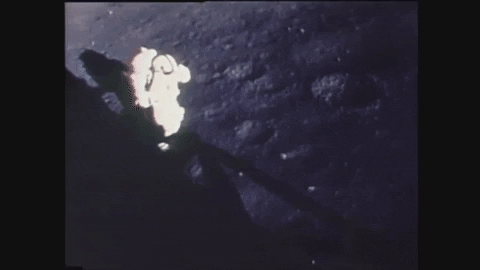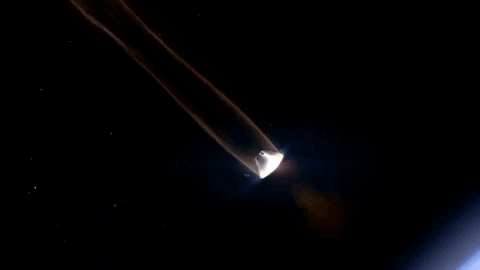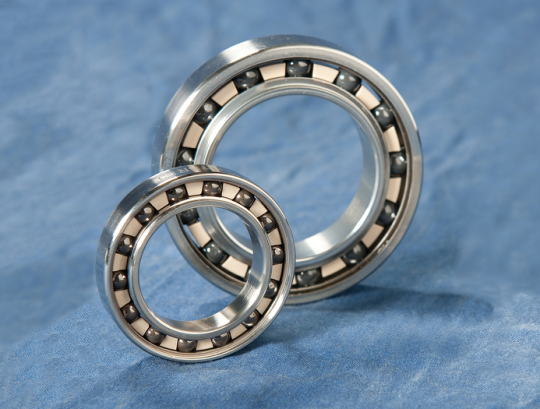Did
you know technologies developed for space show up all over Earth? Our Technology
Transfer Program has one major goal: bring our technology down to Earth. We
patent space innovations developed for missions so that companies, startups and
entrepreneurs can spin them off into new commercial products.
Our
engineers and scientists create all sorts of materials and coatings—in fact, it
is one of the most licensed technology categories in our patent portfolio. From
materials that improve industrial and
household products, to coatings and insulations that protect satellites,
machinery and firefighters,
our technologies offer smart solutions for modern challenges.
These are a few of our most in-demand technologies.
Dust-Resistant Coatings
Made
by innovators at our Langley
Research Center, this tech was first created for exploring dusty, dirty surfaces
like the Moon, Mars and asteroids. Lunar dust has been shown to cause big
problems with mechanical equipment, like clogging filters and damaging seals.
This technology can be used in the production of films, coatings and surface
treatments to create dust-resistant and self-cleaning products for biomedical
devices, aircraft, cars and much more. This tech could be a game-changer when
battling dirt and grime.

Smart, Environmentally-Friendly Coating System
Looking
for a technology to ward off corrosion that’s also safe for the environment? Developed
to protect our launch pads at Kennedy Space
Center
from extreme heat and exhaust from rockets, this “smart” coating can detect and
prevent corrosion. It can even be painted on damaged surfaces to heal and
protect them going forward. This tech has commercial potential in building
safer bridges, automobiles and machinery. While it may seem like magic, this technology
will reduce maintenance cost and improve
safety.

Multilayer
Fire Protection System
Made
to protect astronauts and vehicles during the dangerously hot task of reentry,
scientists at Langley developed a flexible, lightweight and portable thermal
protection system that can serve as a personal emergency fire shelter.
The
flexible technology is made up of multilayer thermal blankets designed to
handle external temperatures of up to 2,000°F – that’s as hot as magma found in
some volcanos! The system can be formed as a sleeping bag, a tent, a blanket, a
curtain, a flexible roll-up doorway or even for
fire protection in housing structures.

Super-Strength Aluminums
This
award-winning tech
was initially developed by researchers at our Marshall
Space Flight Center to help reduce vehicle exhaust emissions. This special alloy is
flexible and strong—even at temperatures of over 500°F. That means it can withstand
more wear and tear than other similar materials. Currently, this tech can be
found improving motors on fishing boats as well
as in all kinds of different engines.

Oil-Free
Lubricants
Not
all lubricants are liquids, for example, the non-stick coating on a frying pan.
Truly in a class of its own, innovators at our Glenn
Research Center have created solid lubricant materials to reduce friction and wear
in mechanical parts, especially in extremely high heat. This tech could be
useful in large engines, valves, turbines and power generation.

High-Strength
Super Elastic Compounds
We needed a better material than iron or steel to prevent
corrosion and rust in the International
Space Station’s wastewater treatment system. Enter: our high-strength, super elastic compounds. Shock-proof, lightweight, durable and immune to rust, this durable tech has
applications in ships, machines, industrial knives and cutters, and engine
bearings here on Earth. They also don’t chemically degrade or break down lubricants, a
common problem with existing bearing materials.

Interested
in licensing the tech mentioned above? Follow the links to apply through our
website, http://technology.nasa.gov.
You
can also browse our entire materials and coatings portfolio at http://technology.nasa.gov/materials_and_coatings/.
Follow
our NASA Technology Transfer Program on Twitter (@NASAsolutions) for the latest
updates on technologies available for licensing.
Make sure to follow us on Tumblr for your regular dose of space: http://nasa.tumblr.com.




Комментариев нет:
Отправить комментарий